Why Synthetic Fabrics Stink — And What They're Doing to Your Skin
As synthetic materials overtake natural fibers, what does this mean for your skin's everyday comfort and health?
Your skin—your body's largest organ—is in contact with textiles for nearly 24 hours a day. Since the mid-1990s, we've witnessed a dramatic shift in global textile production, with polyester production surging by a staggering 383.5%. This transformation may have implications for skin comfort, odor retention, and health, especially for those with sensitive skin conditions.
Your skin maintains constant contact with fabrics throughout your day and night. What those textiles are made of could matter significantly for your comfort and wellbeing. Over the past three decades, a remarkable shift has occurred in the global textile landscape—one that happens right against our skin without most of us noticing.
The data tells a compelling story: natural fibers that once dominated the market have steadily given way to synthetic alternatives, changing the very nature of what touches our skin on a daily basis.

The Shifting Balance: Natural vs. Synthetic Fibers
Industry data reveals a clear pattern in global fiber production. Natural fibers have declined from approximately 53.5% to 26.6% of the global textile market from 1995 to 2023. During this same period, synthetic fibers have increased from 46.5% to a dominant 73.4%.
While cotton production has increased modestly (20.2%) in absolute terms since 1995, this growth has been completely overshadowed by the explosive growth in synthetic materials. Polyester alone has grown by a staggering 383.5% during this period, fundamentally changing what comes in contact with our skin.
"Your skin—your body's largest organ—is in constant contact with textiles for nearly 24 hours a day. What those textiles are made of matters for your comfort and health."
How Fabric Composition Affects Skin Health
Research in dermatology has established connections between textile properties and skin reactions, particularly for those with existing skin sensitivities:
Properties of Synthetic Textiles
🔥 Synthetic fibers can trap moisture and heat differently than natural materials
⚙️ Manufacturing processes typically involve various chemical treatments
👕 Increased exposure to synthetic fabrics compared to 1995
Benefits of Natural, Plant-Dyed Textiles
🌬️ Natural fibers generally allow enhanced air circulation
🌿 Plant-based dyes offer an alternative to synthetic colorants
✳️ Traditional plant dyes like indigo have shown antimicrobial properties
♻️ Natural materials biodegrade without releasing microplastics
What You Can Do: Smarter Fabric Choices
If you have sensitive skin or simply prefer natural materials against your skin, consider these practical steps:
- 🛏️ Choose bedding made from 100% natural fibers for the 6-8 hours your skin is in contact with it daily
- 👕 Look for clothing labeled with high natural fiber content, especially for garments worn directly against skin
- 🔍 Read product descriptions carefully—some "cotton-rich" fabrics may still contain significant synthetic components
- 🧼 Wash new natural fiber textiles before first use to remove any processing residues
It literally stinks
One of the most noticeable—and embarrassing—differences between synthetic and natural fabrics is how they interact with body odor. Research from McQueen et al. (2007) has shown that synthetic fabrics can retain up to 3 times more odor than their natural counterparts, creating not just potential health concerns but a very real social problem.

This happens because synthetic fibers like polyester provide an ideal environment for odor-causing bacteria. The non-porous structure of synthetic fabrics traps sweat and bacteria against the skin, while natural fibers allow better airflow and have inherent properties that help manage moisture and resist bacterial growth. In other words, synthetic clothing might be questionable for your skin and the environment—but it definitely makes you stink.
"For those with sensitive skin, the quality and composition of textiles that touch your body throughout the day and night can make a significant difference in comfort."
🛏️ About AIZOME: Pioneering True Natural Textiles

AIZOME is the first baby of Misa and Michel (pictured here with their second). The idea was simple: making textiles without known (and unknown) dangerous chemicals. What sounded easy became an 8-year long journey. AIZOME has grown to serve over 20,000 customers worldwide with certified organic bedding colored with plant-derived dyes—entirely free from synthetic colorants and chemical treatments. AIZOME sources regenerative cotton and organic cotton, processes them without bleach and applies ancient Japanese indigo dyeing techniques to create bedding that's truly better for your skin and the planet.

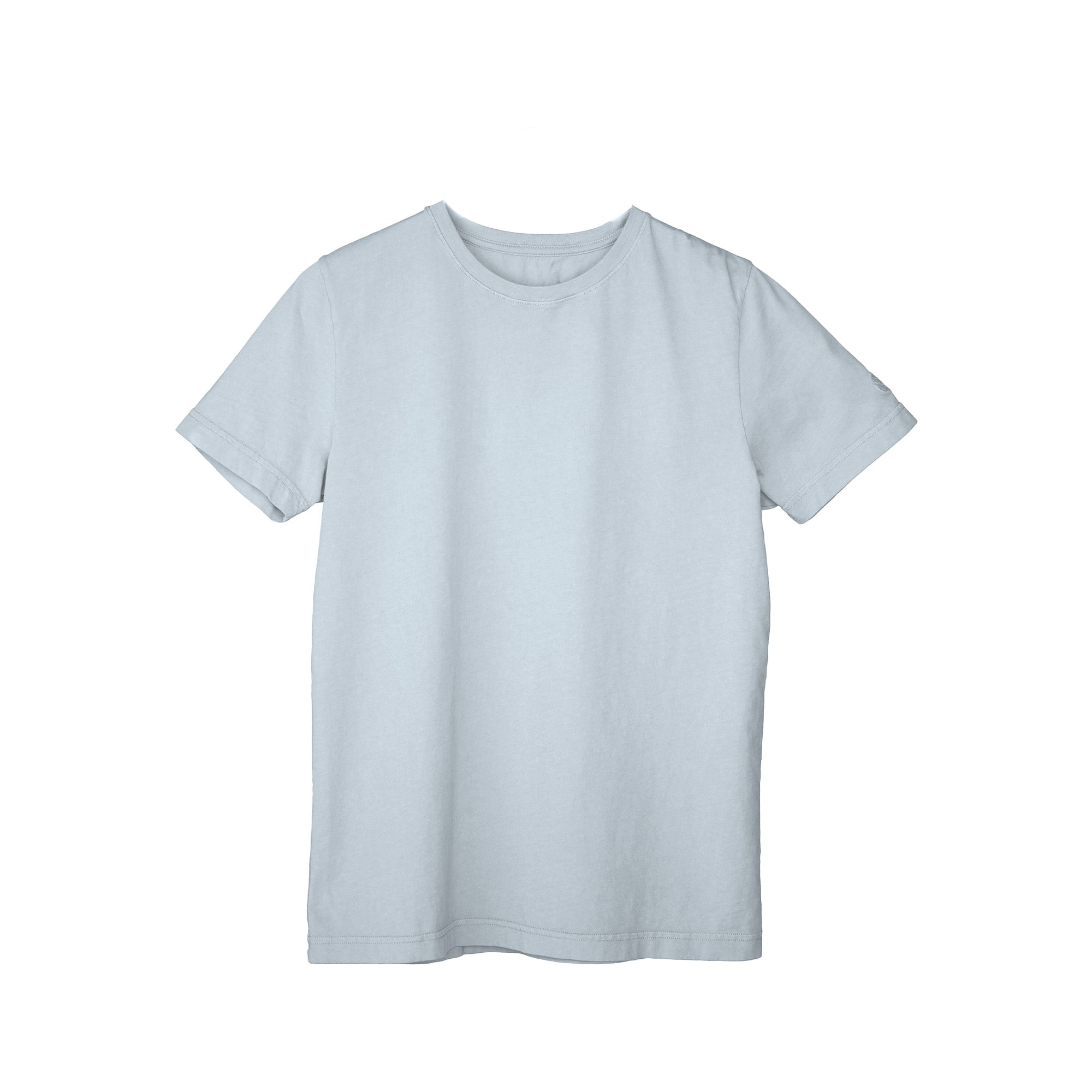

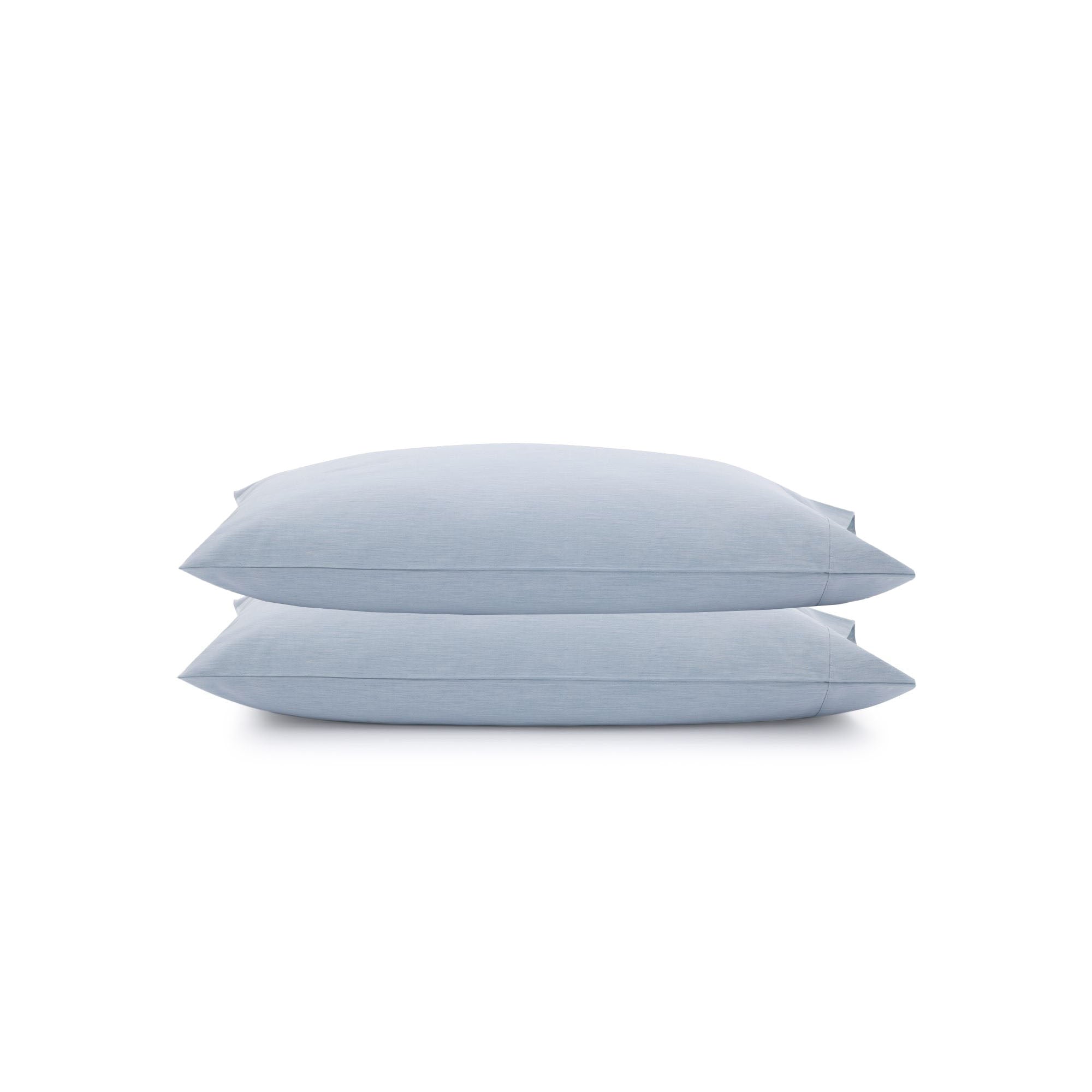
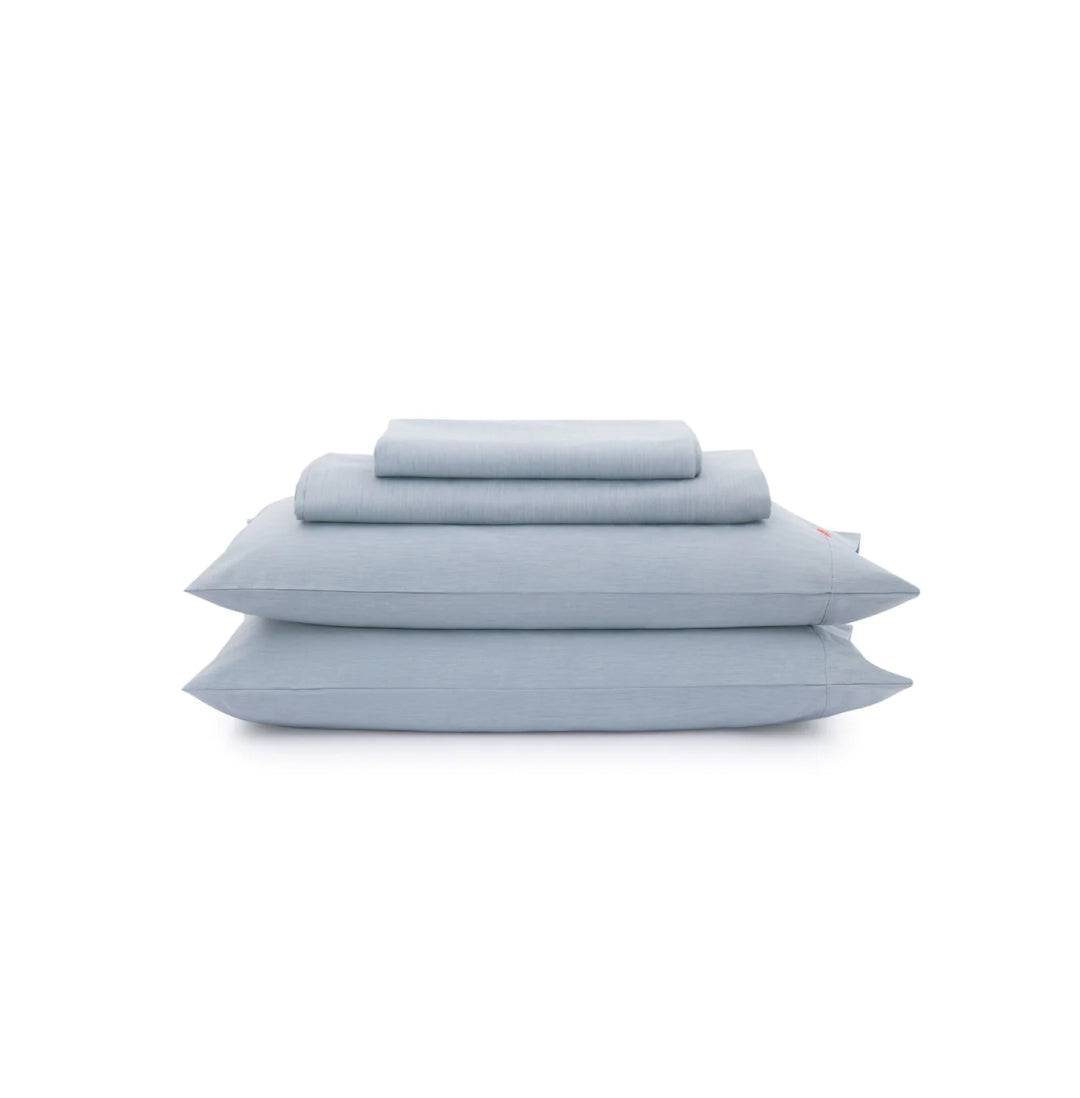
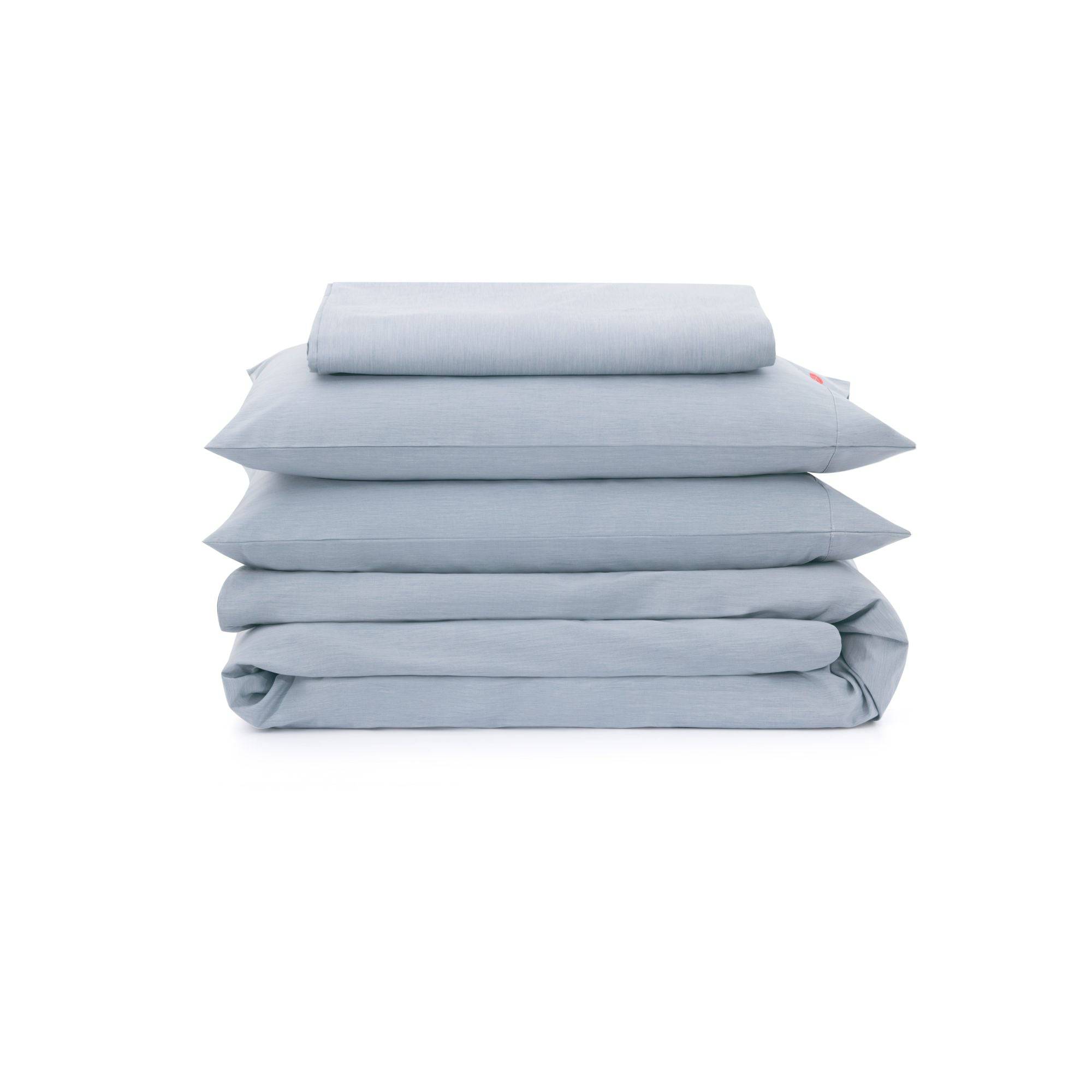
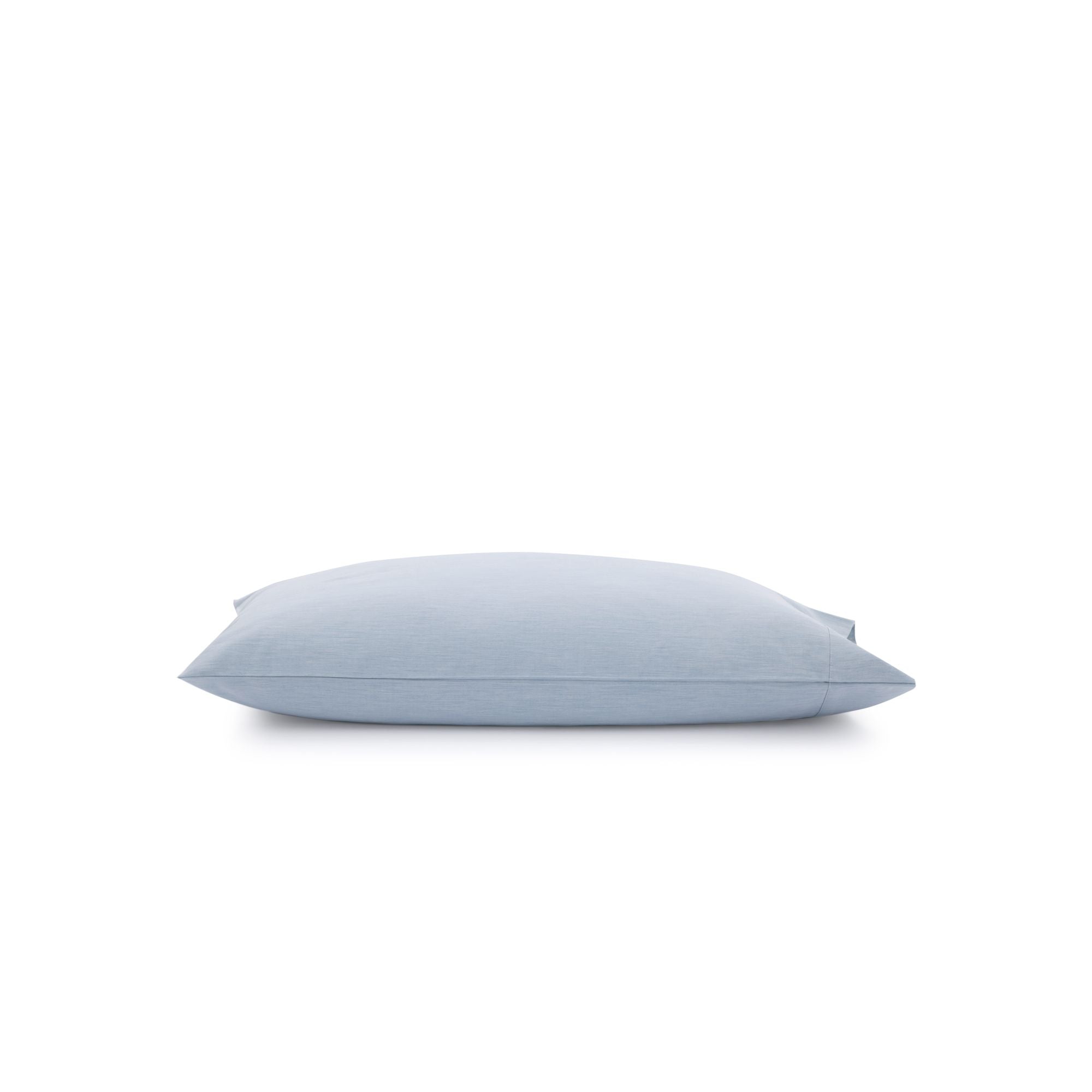
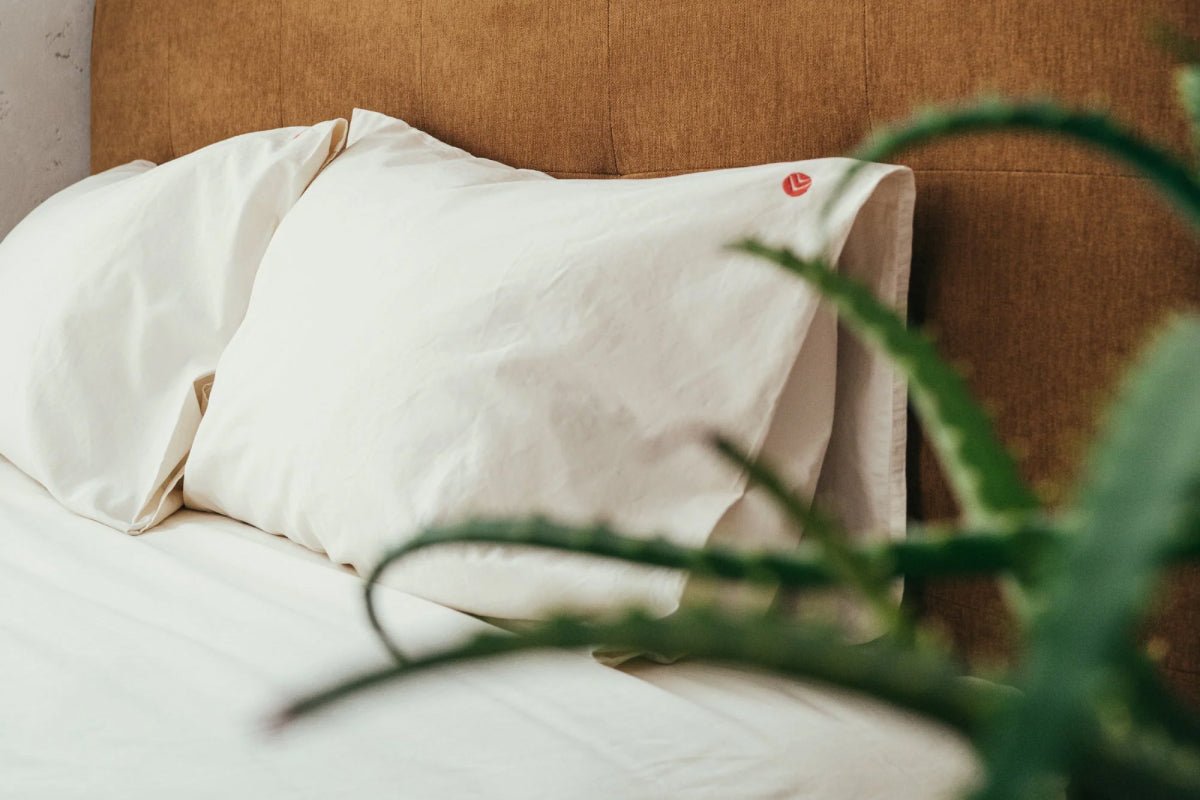 Bedding
Bedding
 Clothing & Accessories
Clothing & Accessories
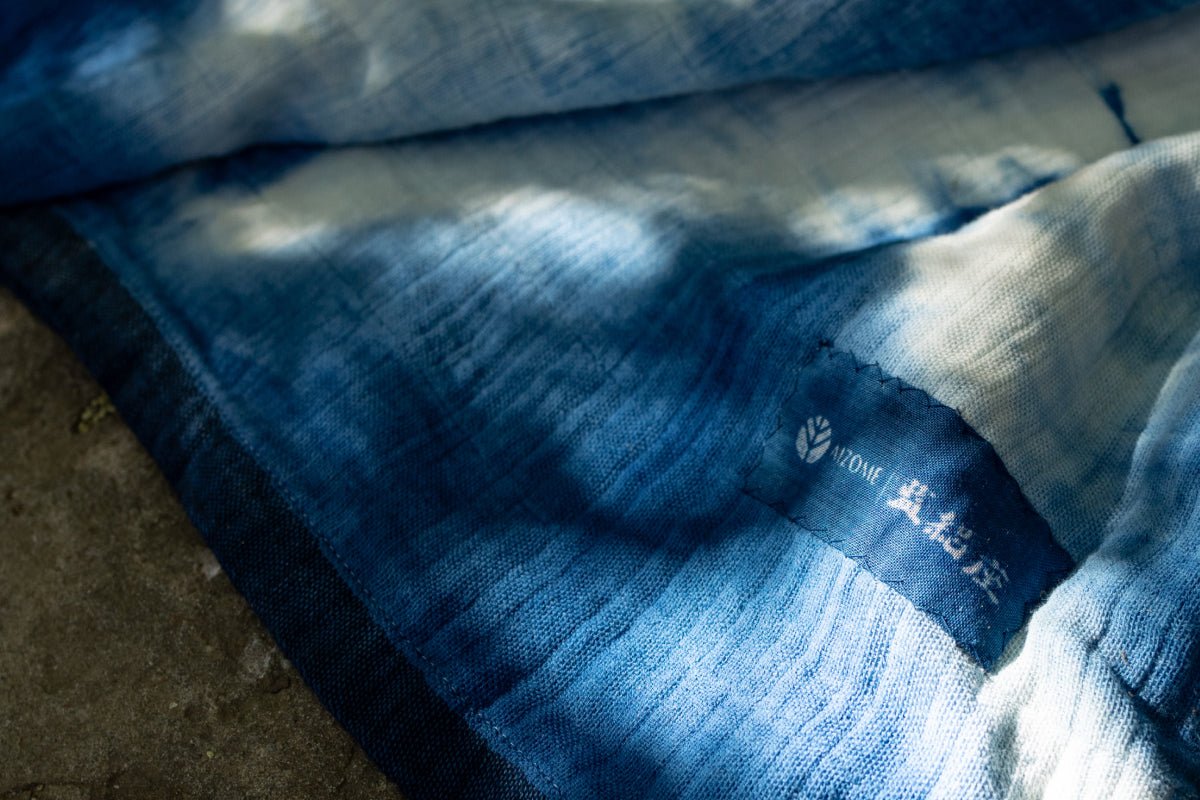 Artisan Line
Artisan Line
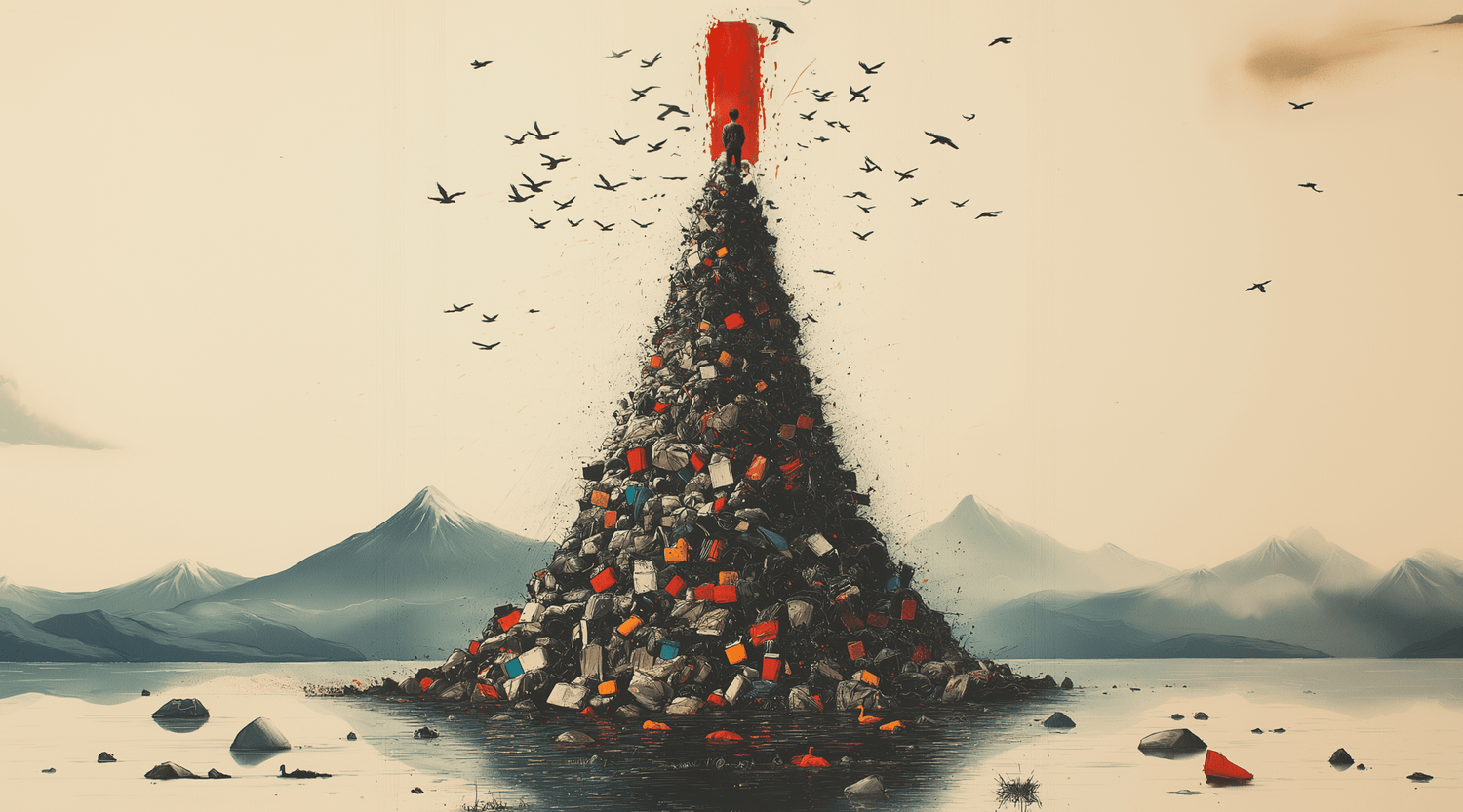


Leave a comment
All comments are moderated before being published.
This site is protected by hCaptcha and the hCaptcha Privacy Policy and Terms of Service apply.